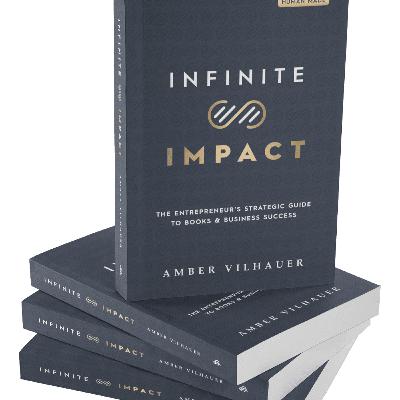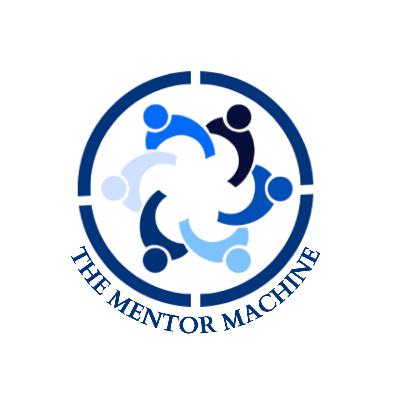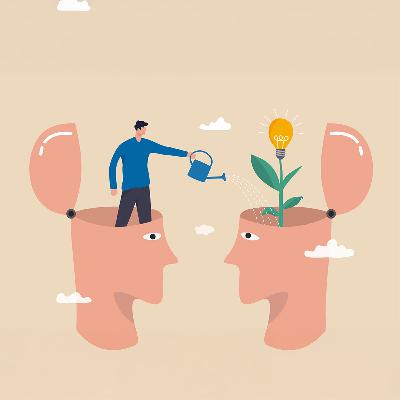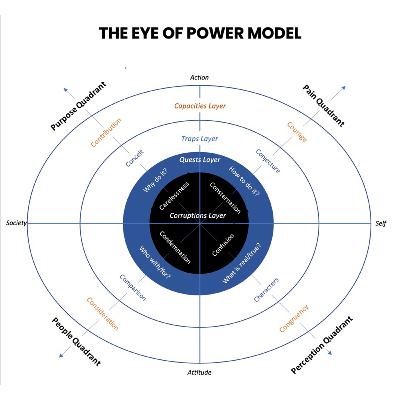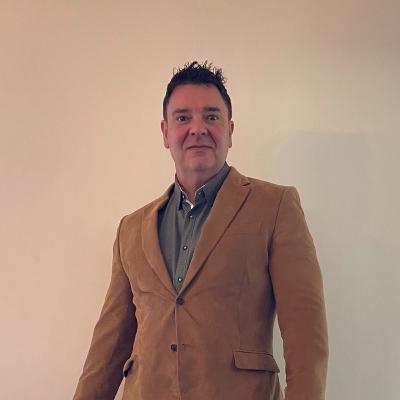Eye of Power
Description
The Eye of Power is a model that answers this question: "What's in the way of me making the positive change I wish to make?" The answer is always the same: it's always us. But it's never simple, especially when we struggle to sustain the new behaviors we desire. The Eye of Power model lights our way. It reveals the specific beliefs and habits that, while they may have served us in the past, now hold us in place. Once we clearly see the blockage, we are better positioned to get past them. And that's what we do - together. In the Eye of Power community, we apply the lessons and clarity of the model to the most pressing priorities we face at this moment of our life journey. It may be gaining a skill or habit that helps us in our role at work. It might be a career change. It could be gaining entrepreneurial skills, or a plan of action to launch some creative endeavor. The model works effectively to make positive changes in our relationships, be they our primary life partnership, or other familial, casual, or professional. And it isn't just about ideas. It's about actions. It's about support. It's about getting real, looking in the mirror, marshaling our spirit, and creating the life we're made to live. When we do this, we make the world around us a much better place. We gain mastery over ourselves so that we can better contribute to everyone around us. That's power. That's the kind of power we talk about in this podcast. And it's the kind of power we work to bring more of into the world. We examine issues through this lens. We talk to people who exemplify the principles embodied in the model. We suggest action items that will move you in a better direction - one where you feel more substantial, more seen, more impactful, and more fulfilled.
Who is the podcast for?
It's for CEO's, HR Directors, Agency Directors, Business Owners, and people who want to increase the quality of their organizational culture - the emotional connections between the people who work side by side on a shared mission. It's for leaders who want to build and nourish a culture of trust. The system provides tools - a map, a compass, and a flashlight - that helps people do the inner work, the introspection that builds self awareness, needed to make and sustain the positive changes they need to make in order to be their best and highest selves. This means they will better connect, more meaningfully, with a wider range of people to a greater effect. They become more valuable team members. Better leaders. Better able to provide support to others who share their mission. The other side of the coin is you get less in-fighting, less resentment, less playing the blame game. Instead of those negatives, your culture features more engagement, more enthusiasm, more support, better listening, better communication, and an ever-rising culture of trust. This is more and more a challenge in an environment of remote work or hybrid workforces. We must come up with new ways to connect our employees with each other and with the organization. The system of the Eye of Power, when installed at the organizational level, helps leaders with their leadership style - they'll be able to communicate and connect with their direct reports in a more human way - important as we move away from a transactional approach in the workplace to a whole human leadership approach. The pressure from increasing automation driven by accelerating AI capacities puts increasing pressure on leaders to think and act in the human dimension - to treat people with respect to their emotional needs. This means they need, more than ever, high EQ or emotional intelligence, great listening skills and a healthy habit of Active Listening, a way to get to that which holds people back from the actions they know will pay off. The topics we discuss, all circling around the elements of the Eye of Power model, feed these positive qualities. Leaders and anybody who wants to manifest their best selves and serve others as they do s



